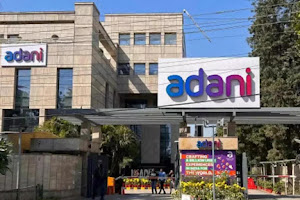
Tata Power Renewable Energy Limited has filed a petition seeking compensation for the loss of generation due to grid curtailment in Andhra Pradesh. The Appellate Tribunal for Electricity (APTEL) issued an order in August 2021, stating that the actions of the state utility in issuing backdown instructions were 'mala fide.'
As a result, solar independent power producers (IPPs) are entitled to compensation at 75% of the power purchase agreement (PPA) tariff. This order acts as a deterrent against grid curtailment by discoms and grid operators.
The Andhra Pradesh Electricity Regulatory Commission document dated 20th August says – "Tata Power Renewable Energy Limited (for short “the Petitioner”) has filed this petition under Under Section 86(1)(e) and (f) of the Electricity Act, 2003 (for short “the Act”) seeking a direction to the Respondents to treat the loss of generation of Rs.68.39 crores computed till May 2020 - on account of curtailment of power due to inadequacy of the Transmission System, i.e. Uravakonda Grid Sub-Station (“Uravakonda GSS”) and the consequential rampant backing down instructions given to it, frequently, by the Respondents - as Deemed Generation by the Petitioner; and to direct Respondent No.3-APTRANSCO/Respondent-1 APSPDCL to make payment of the Deemed Generation Charges for the aforesaid Deemed Generation of power."
Additionally, the Supreme Court is examining whether tariff determined under long-term PPAs can be revised by State Electricity Regulatory Commissions. It's essential for timely implementation of such orders to mitigate the impact on debt metrics for renewable energy projects.
Grid curtailment refers to the deliberate reduction or restriction of electricity generation from renewable energy sources, such as solar or wind, by grid operators or utilities. It occurs when the electricity grid is unable to accommodate the full output of these renewable energy projects due to technical limitations or other operational reasons.
Essentially, it’s a way to manage the balance between supply and demand on the grid. When grid curtailment happens, the affected power plants generate less electricity than their capacity, which can impact their revenue and overall project viability.











 IndianWeb2.com is an independent digital media platform for business, entrepreneurship, science, technology, startups, gadgets and climate change news & reviews.
IndianWeb2.com is an independent digital media platform for business, entrepreneurship, science, technology, startups, gadgets and climate change news & reviews.